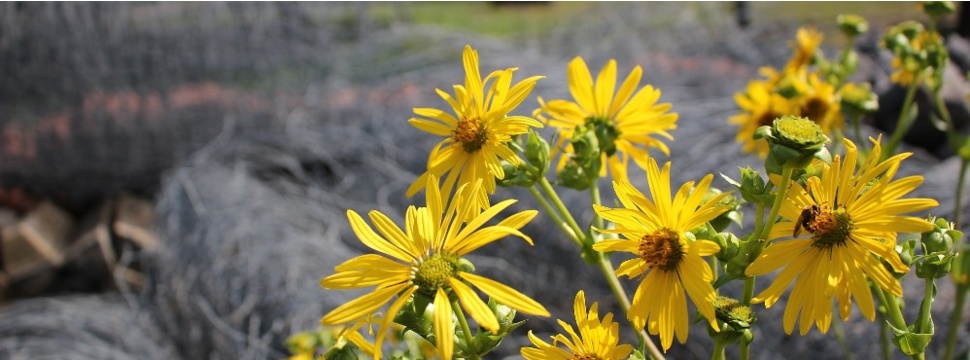Paper from flowers - silphia paper
News News blog
Until now, the basis for paper production has been almost exclusively wood pulp. However, the perennial energy plant silphium could now become a new, sustainable supplier of fiber for paper production.

Questions regarding the life cycle assessment
Is silphium environmentally friendly?
Silphium is a wild perennial plant that is insect-friendly and has positive effects on erosion and water pollution control.
Is it suitable for packaging with food contact?
Silphium is also suitable for packaging applications with direct food contact. Paper and board based on silphia fibers can be recycled and made into new paper.
Life cycle assessment study
The life cycle assessment study by Fraunhofer UMSICHT has shown that silphia paper has several positive environmental effects compared to pulp board: freshwater is less eutrophied, ozone depletion and smog formation are lower, the resource utilization of minerals and metals is more environmentally friendly, and land use improves due to the high land yield of silphium.
However, in terms of climate change and consumption of fossil resources, pulp board shows advantages because mainly renewable energy from integrated pulp production is used.
Environmental impacts such as acidification of the soil are also higher with silphia paper than with pulp board, since for the forest no fertilization is used. But the energy consumption of the non-integrated paper machine is decisive here for the environmental impact of silphia paper, since the pilot paper machine used today to produce silphia paper is still at the technical level of the 1960s.
Another important aspect for the life cycle assessment is the proportion of pulp in the silphia paper. Currently, up to 50 percent silphia fibers and up to 50 percent pulp are used for silphia paper production. Silphia fiber production causes less environmental impact than pulp production. Compared to pulp, silphia fibers have a significantly lower climate impact.
Source: Fraunhofer UMSICHT
https://www.umsicht.fraunhofer.de/de/presse-medien/pressemitteilungen/2021/oekobilanz-silphiefasern.html










